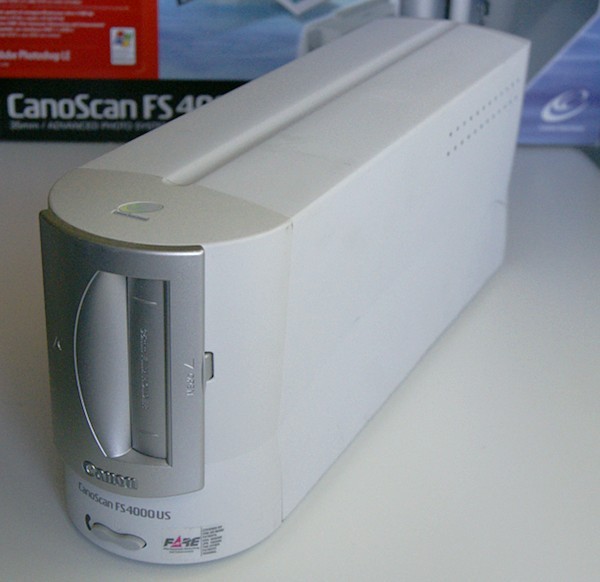
Pricier than OpticFilm 8100 -Slow at max scanning resĪpart from its black rather than blue finish, the OpticFilm 8200i SE could be mistaken from its baby 8100 sibling. The 8100 can struggle to reveal every detail in the shadow areas of high-contrast 35mm slide positives, but this is our only nitpick. It also lets you scan the entire film frame with no overzealous cropping. Even without messing with the settings, and scanning at 3,600dpi, the 8100 is in a league of its own for scan quality, extracting bags of detail from our 35mm negs and transparencies.
#Brookstone slide and negative scanner driver for windows 10 software#
Though the front panel has a QuickScan button that automatically scans and saves a frame to you computer desktop, it’s best to load up the bundled SilverFast software that provides comprehensive scanning options and pre-scan image enhancement.

Each 35mm film frame takes nearly 4 minutes to scan at max res, but 3,600dpi is more than adequate for most film stocks and you’ll have a scanned frame in 1 minute 20 seconds. This does however mean the 8100 is no speed demon. It’s also a real optical film scanner and not just a digital camera sensor in a scanner body. This is the baby of the OpticFilm range, yet it still boasts a respectable 7,200dpi maximum scanning resolution. Slow at max resolution -Not the best at shadow detail -No auto dust/scratch removal Available at a fraction of the cost of the other scanners, it provides a secure means of illuminating and holding your film so that you can scan it with a DSLR or mirrorless camera (and ideally a macro lens). If you want something affordable and have a digital camera already, then check out the Pixl-latr. If you're after something that'll scan multiple film frames automatically, though, and has the versatility to scan photo prints and documents, Epson's V550 Photo flatbed scanner is a great choice. So what's the best film scanner? Right now, we think it's the OpticFilm 8100 from film scanning expert Plustek: it extracts phenomenal levels of detail from your film, is backed up by excellent included scanning software, and it's sensibly priced.

There's a huge used camera market and a surprising amount of know-how and expertise around classic film cameras. We've also got a guide to the best film cameras around too if you need a new SLR or large-format camera. Once you've got your scanner working, you may find yourself with the urge to start shooting film again check out our guide to the best film to buy.

Film scanners are designed specifically for handling negatives, which is always what you should be scanning from if possible. In this guide, we're going to be looking at two main types of scanner: dedicated film scanners, and general flatbed scanners.


 0 kommentar(er)
0 kommentar(er)
